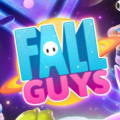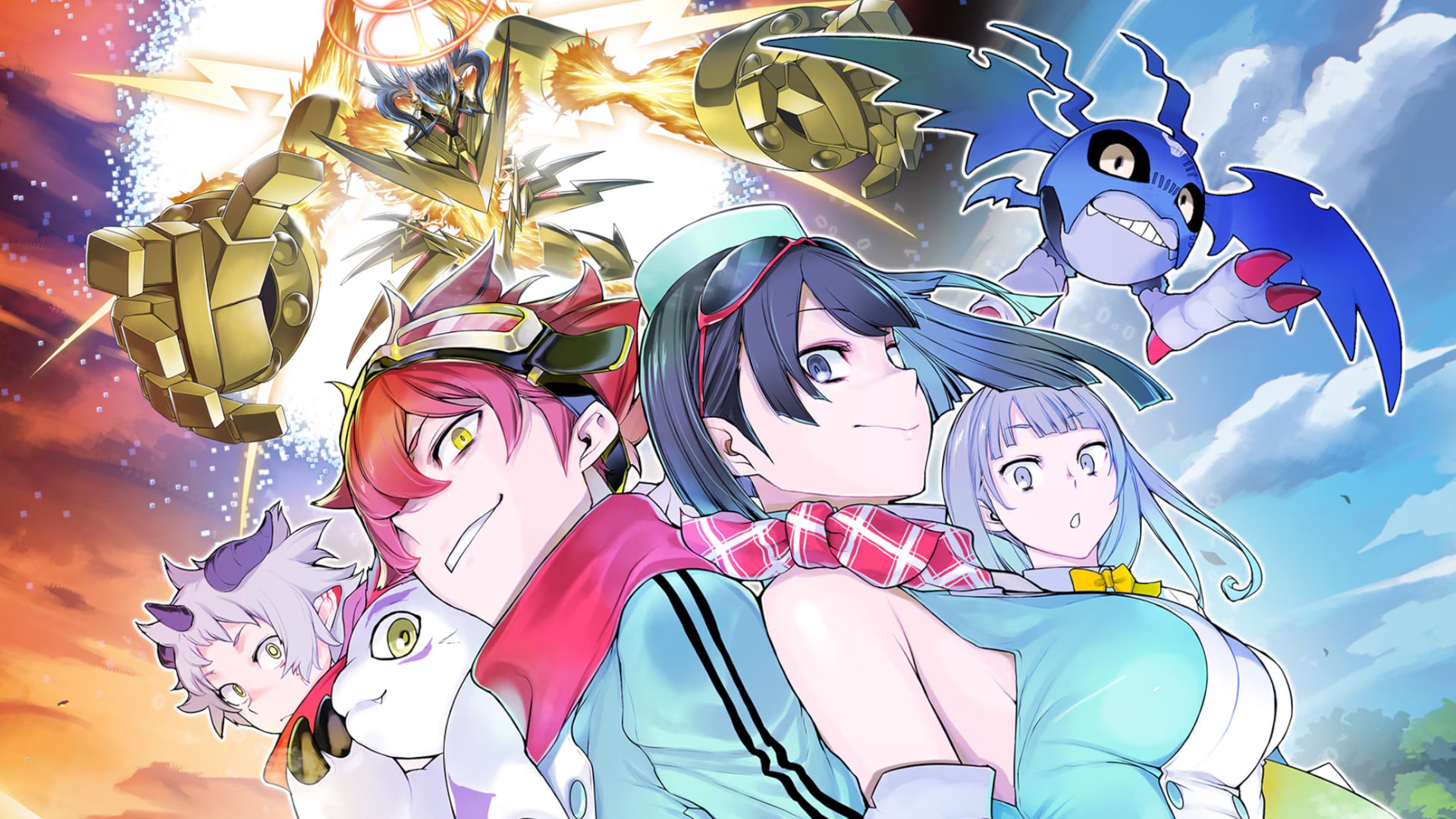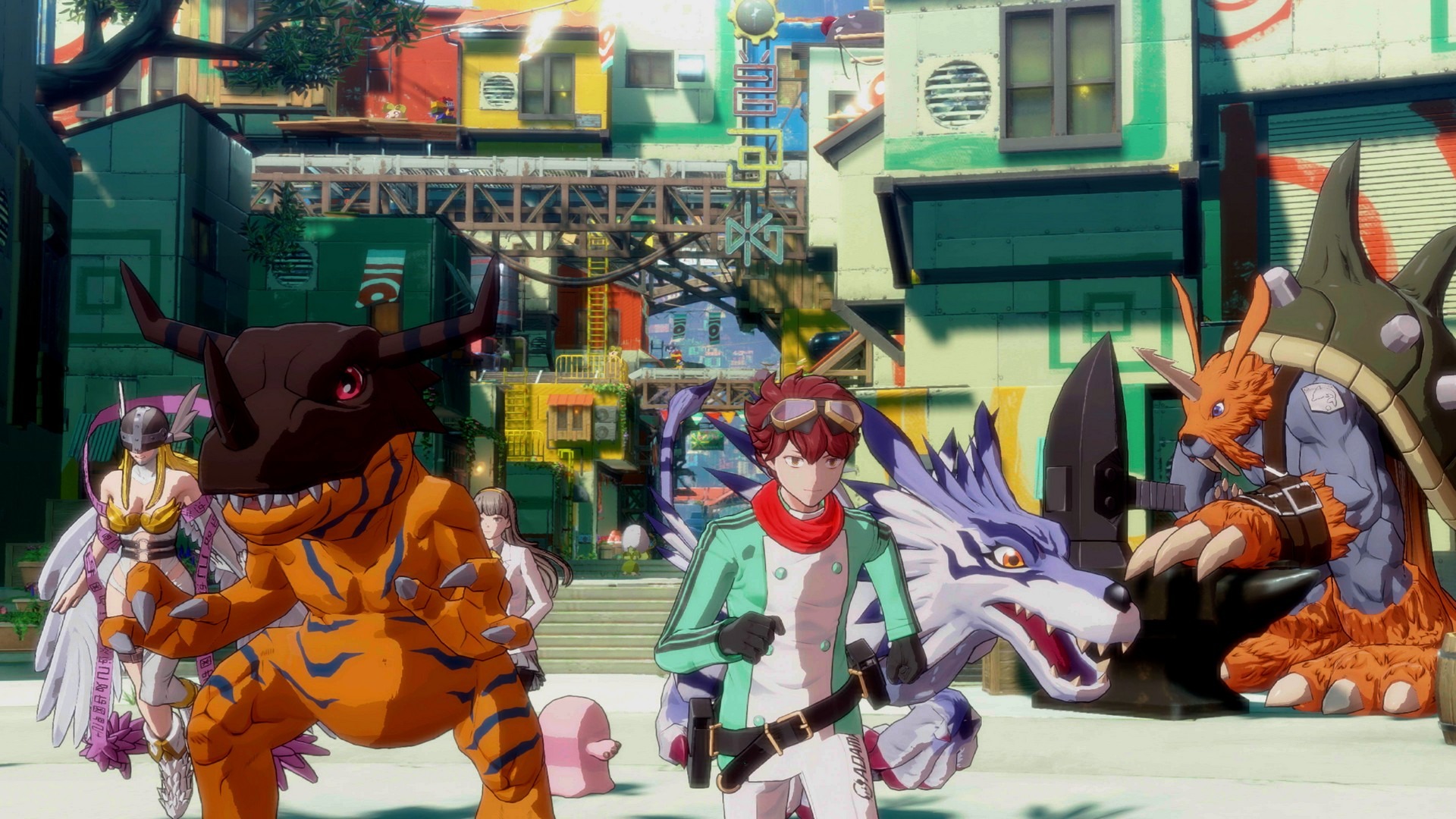Digimon Story: Time Stranger Emerges as a Deeper, More Mature Alternative to Pokémon
Popular Now
 Stumble Guys
Stumble Guys
 Grand Theft Auto V
Grand Theft Auto V
 Gacha Club
Gacha Club
 Minecraft – Top 5 Minecraft Mobs
Minecraft – Top 5 Minecraft Mobs
 NBA 2K24
NBA 2K24
 Schedule I
Schedule I
 League of Legends
League of Legends
 Rust
Rust
 Fall Guys
Fall Guys
 Brawl Stars
Brawl Stars  SEO Keywords: Digimon Story Time Stranger, Pokémon Legends Z-A, monster-taming RPG, deep combat systems, complex Digivolution, frustrated Pokémon fans, turn-based JRPG, Bandai Namco.
SEO Keywords: Digimon Story Time Stranger, Pokémon Legends Z-A, monster-taming RPG, deep combat systems, complex Digivolution, frustrated Pokémon fans, turn-based JRPG, Bandai Namco.
The recent launch of Digimon Story: Time Stranger has ignited a firestorm of discussion within the creature-collecting RPG community, with many fans and critics citing it as the “monster-taming game frustrated Pokémon fans have been waiting for.” The game, developed by Media.Vision and published by Bandai Namco, has earned praise for its mature narrative, complex Digivolution mechanics, and deep turn-based combat—systems many long-time RPG enthusiasts feel have been diluted in recent Pokémon mainline titles.
The Core Appeal: Depth and Complexity
The sentiment that Time Stranger provides a superior experience for the hardcore monster-raising demographic stems from its intricate design, which rewards strategic investment and micromanagement. The game’s appeal over the upcoming Pokémon Legends: Z-A can be broken down into several key areas:
- Deep Turn-Based Combat: Unlike the simpler rock-paper-scissors of its competitor, Time Stranger utilizes a triple-battle system where three of your Digimon fight simultaneously. Success hinges on mastering 11 elemental types and a Data/Virus/Vaccine type cycle, allowing for damage boosts up to 300% and creating a dynamic battlefield closer to classic JRPGs.
- Complex Digivolution and Training: The game features a non-linear Digivolution path. Players can de-Digivolve their monsters to a lower level to access new evolution trees, retaining stat bonuses earned through a growing bond. A DigiFarm system allows passive leveling, ensuring that monsters that de-Digivolve to level one can quickly return to fighting form. This freedom of progression gives players an extensive level of control over their team’s build.
- Mature, High-Stakes Narrative: Set in a modern Tokyo (Shinjuku) and the Digital World, the story follows an agent investigating anomalies and a war against a bellicose faction called the Titans. Reviewers have highlighted the narrative’s enjoyable tension and high-stakes mystery, which feel more aligned with a “grown-up anime adventure” compared to the traditionally lighter tone of Pokémon.
 A Shift in the JRPG Landscape
A Shift in the JRPG Landscape
Digimon Story: Time Stranger has not only captured the attention of disaffected Pokémon fans but has also seen an impressive launch, with its player counts on Steam reportedly surpassing previous single-player JRPG records for a new Bandai Namco title. Critics have noted that this game marks a significant evolutionary leap for the Digimon Story series, finally putting it in genuine competition with larger RPG franchises like Pokémon and Persona.
However, the dominant view is one of appreciation for both franchises, not rivalry. As many fans correctly point out, “you can like both.”
The two series, despite their shared monster-taming premise, cater to slightly different audiences: Digimon often targets a slightly older demographic with its complex mechanics and darker narrative themes, while Pokémon continues its pivot towards a broader, more casual, and younger audience. The current success of Time Stranger simply highlights a substantial, underserved market for turn-based JRPGs that offer extreme depth in their monster-raising and combat systems.
Digimon Story: Time Stranger was released on October 3, 2025, for PlayStation 5, Xbox Series X/S, and PC via Steam.









 A Shift in the JRPG Landscape
A Shift in the JRPG Landscape